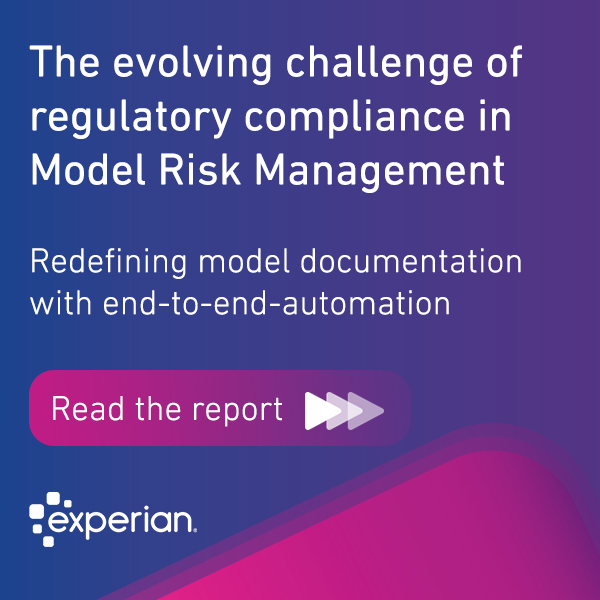How elite leaders train analytics teams to unearth and convey the highest quality data insights and better manage risk.

It’s surprising how much of an art the effective use and analysis of qualitative data in the business world truly is. Too often, data scientists are tasked with turning raw data into insights without ever actually being taught the true art of identifying and reporting the most meaningful insights that address the problems at hand. Instead, data teams often produce reams of summarized information without drawing any useful conclusions – falling short of discovering deeper truths hidden within.
I’ve been fortunate to work for, with, and manage data scientists of various titles, abilities, and personalities over the years. I’ve found that the true “artists” in this profession can combine technical proficiency, tactical communications with an affinity for the science, and excellent detective skills.
Objectivity in Data Analysis
As Arthur Conan Doyle wrote in Sherlock Holmes says, “I never guess. It is a capital mistake to theorize before one has correct data. Insensibly one begins to twist facts to suit theories, instead of theories to suit facts.” As data scientists, we’re often sent down a singular path to analyze data to support a narrative. Data is inherently objective; analyzing with subjective intent typically leads to ineffective results when put into practice. However, with the proper guidance, probing questions, and some detective work, scientists can uncover deeper insights leading to effective outcomes in the form of actionable intelligence and forecasts.
Early in my career, I was tasked by a business partner to pull data that demonstrated higher customer satisfaction scores for a customer call center. Requests like this – “just get me the data” – are (unfortunately) common. In this case, however, he was open to discussing the “why” behind his ask. As a result, this incident proved a learning opportunity for me on how to satisfy a requirement while simultaneously producing information explicitly valuable to the organization.
I’ve often had to find workable paths through figurative minefields with mandates such as “just get me the data” or “make the numbers work.” During this scenario, I diligently asked ancillary questions to build into the data modeling outside the required parameters. I intended to generate value beyond the pre-conceived conclusion I was tasked with finding data for. The resulting report yielded compelling insights, actionable intelligence, and a clear forecasting plan.
In this example, it was found that clients had higher satisfaction scores for reasons other than what we initially thought and had nothing to do with the seven million dollars my business partner spent on branding, training, etc. The solution was simple: move a training location. Tactical communication skills were necessary in this scenario as I had to tell my business partner where the efficiency gains were actually coming from and where future budgets could be more effective. Doing so was the catalyst behind an alternative business strategy and focus, resulting in a much more significant impact on our customer relationships.
Asking the Right Questions
The true purpose of analytics is to discover, interpret, and communicate meaningful patterns in data and the connective tissue between. Most importantly, it exists to aid in effective decision-making within an organization. Under that premise, I teach my teams to be communicative, especially during planning stages and consistently ask questions of the data throughout the analytical process. It’s always imperative to identify the specific addressable problems our clients are trying to solve while frequently conversing with them to understand what actions and/or decisions the analysis is meant to inform.
This strategy produces more profound results and focuses on solving a problem – not endlessly cycling through various cuts of the same data. As a result, the team will be primed to evaluate results objectively and be ready to dig beyond surface-level data, capturing vital insights hidden deep within.
Using the Right Tools
Nobody does arithmetic by hand anymore. A data scientist’s best friend should be sophisticated model development software that leverages AI and Machine Learning. The efficiency they provide enables us to focus on areas where human intelligence is best applied, such as interpreting model performance within the context of how that model will be used.
Elite leaders know how to leverage the right tools to maximize speed and efficiency. Ignoring the sheer processing power of cloud computing and other advancements places your organization at a distinct competitive disadvantage in performance and accuracy. I shudder when thinking about the dark days when it would take six to nine months to develop a new model. It reminds me of watching NASA mathematicians do advance calculations with slide rules in movies like Apollo 13 and Hidden Figures.
Strategy optimization is a perfect example; how do I ensure that my portfolio is holistically delivering the highest value within risk constraints? I could grow my portfolio endlessly, but that likely means taking on too much back-end risk. Instead, mathematical optimization can be used to determine the right balance between growth, return, and risk.
To do this successfully requires a vast amount of processing power. Gradient boosting, a Machine Learning technique that helps build far more accurate models, is another excellent example of what’s possible with modern technology. Some of the operations we perform daily were literally not possible 10-15 years ago as we did not have access to such processing power. Thus, we’re able to solve problems not previously solvable.
What has also changed is our ability to process volumes of data and highly complicated, multi-tiered models, with extreme speed and efficiency. Organizations don’t need to take all of this on, as companies like Experian effectively provide data science services where AI/ML solutions are delivered rapidly and digitally.
A well-equipped, efficient, curious, and well-trained data team whose data analysis consistently helps corporate leaders make informed decisions is true art. The answers they provide to challenging business questions is their magnum opus.
Read about topics related to this article
Stay in the know with our latest research and insights:




